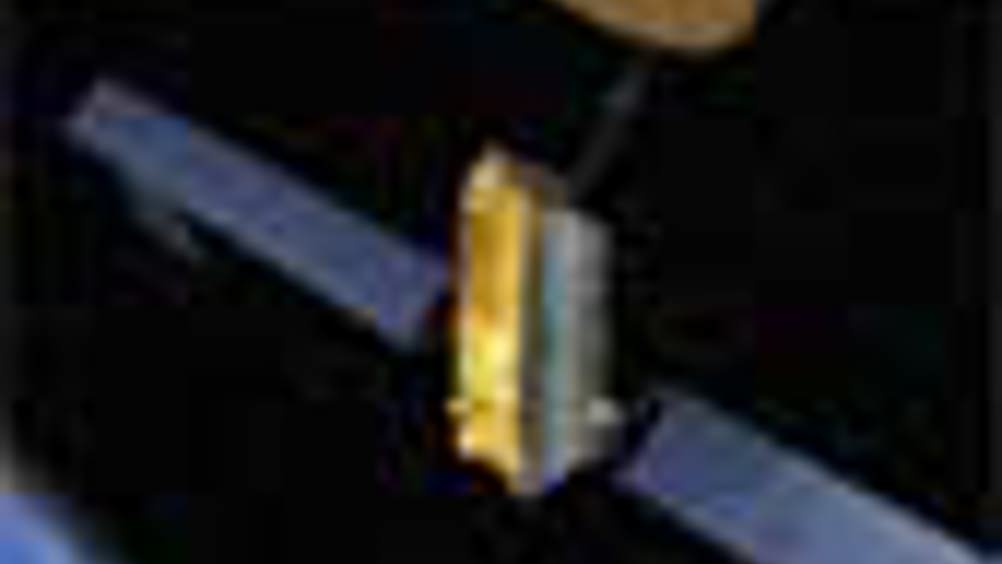Stellar line-up
The success of the two major ESA projects will depend on getting spacecraft to fly in perfect formation with each other. Niall Firth reports.

As any Red Arrows pilot will tell you, formation flying is far from easy. This is acknowledged with a passing comment on ESA’s website as it celebrates the sixth anniversary of Cluster, the first mission to keep satellites in reasonably tight formation hundreds of thousands of miles above the Earth. Describing the ground-breaking mission with wry humour it reads: ‘Formation flying is a daily reality for the Cluster scientific mission. Some days more so than others.’
With help from a control centre on the ground the four identical satellites have flown in formation, mapping the Earth’s magnetosphere separated by up to as much as 10,000km at certain points in their mission lifetime. The fact that these satellites have remained more or less aligned for such long stretches of time has rightly been hailed by ESA as a marvellous achievement. However, the next generation of the agency’s space missions will require a degree of formation flying accuracy that is far more precise than has ever gone before, Cluster included.
Register now to continue reading
Thanks for visiting The Engineer. You’ve now reached your monthly limit of premium content. Register for free to unlock unlimited access to all of our premium content, as well as the latest technology news, industry opinion and special reports.
Benefits of registering
-
In-depth insights and coverage of key emerging trends
-
Unrestricted access to special reports throughout the year
-
Daily technology news delivered straight to your inbox










Water Sector Talent Exodus Could Cripple The Sector
Maybe if things are essential for the running of a country and we want to pay a fair price we should be running these utilities on a not for profit...